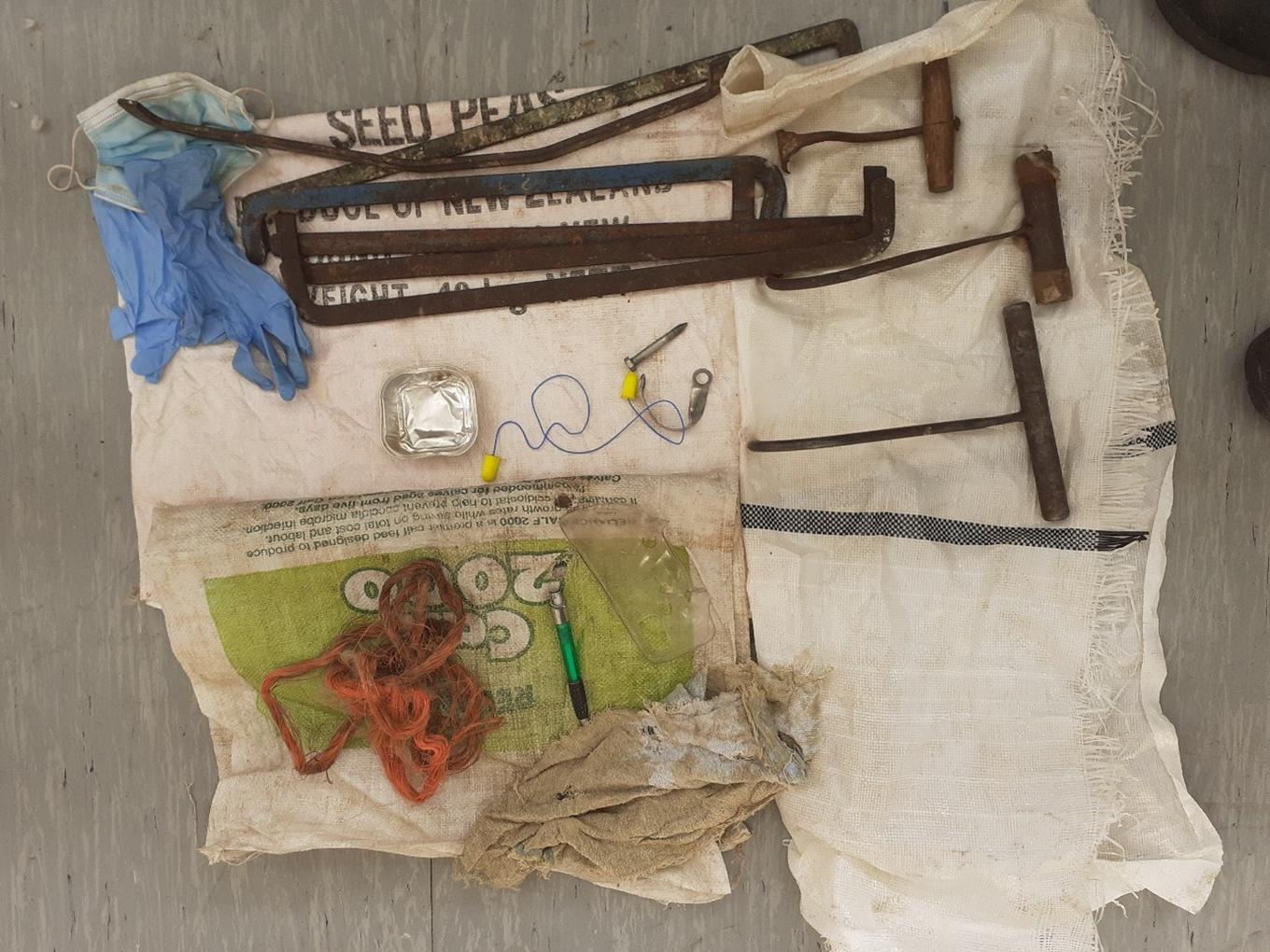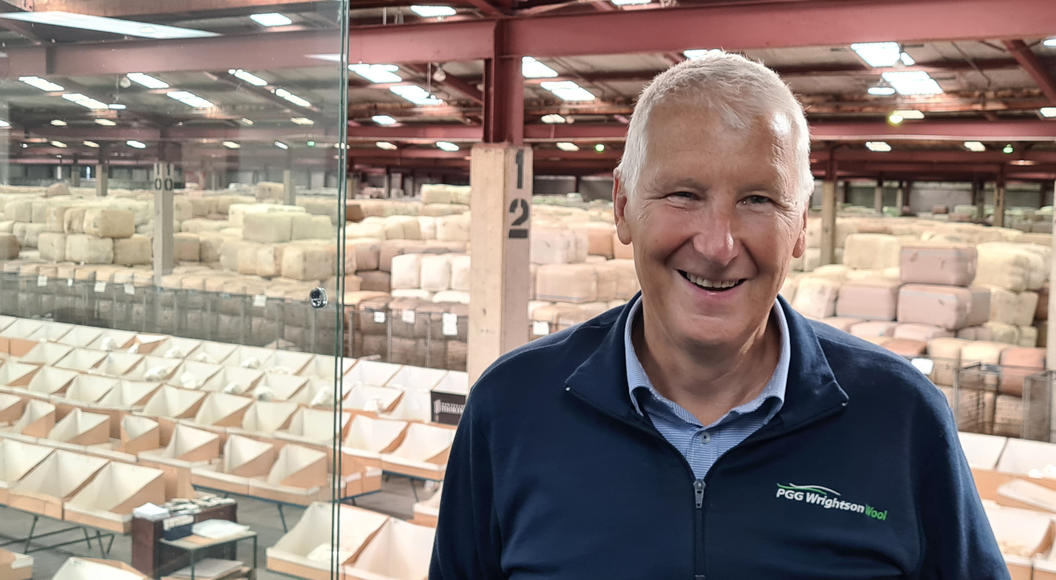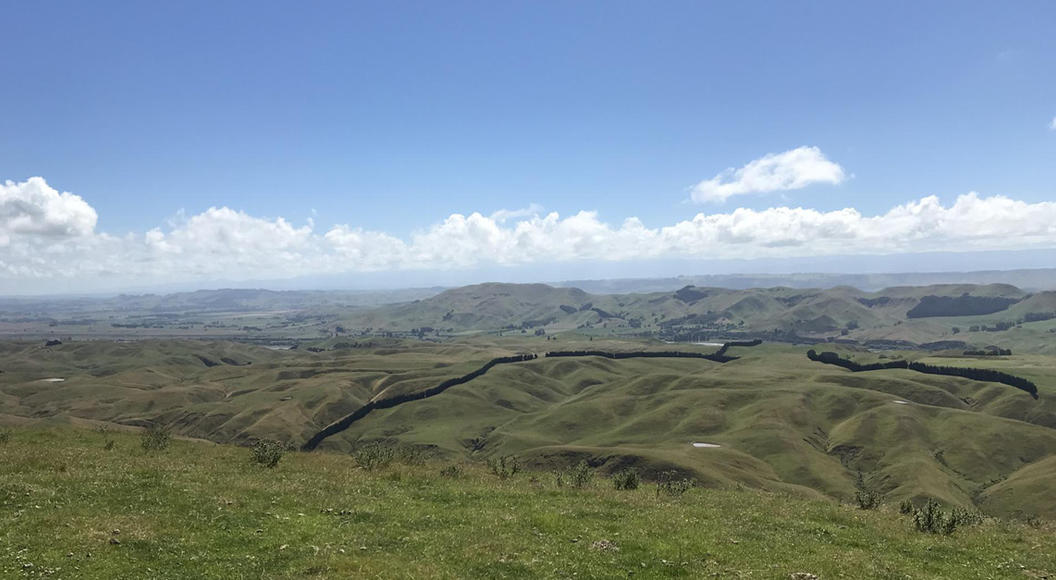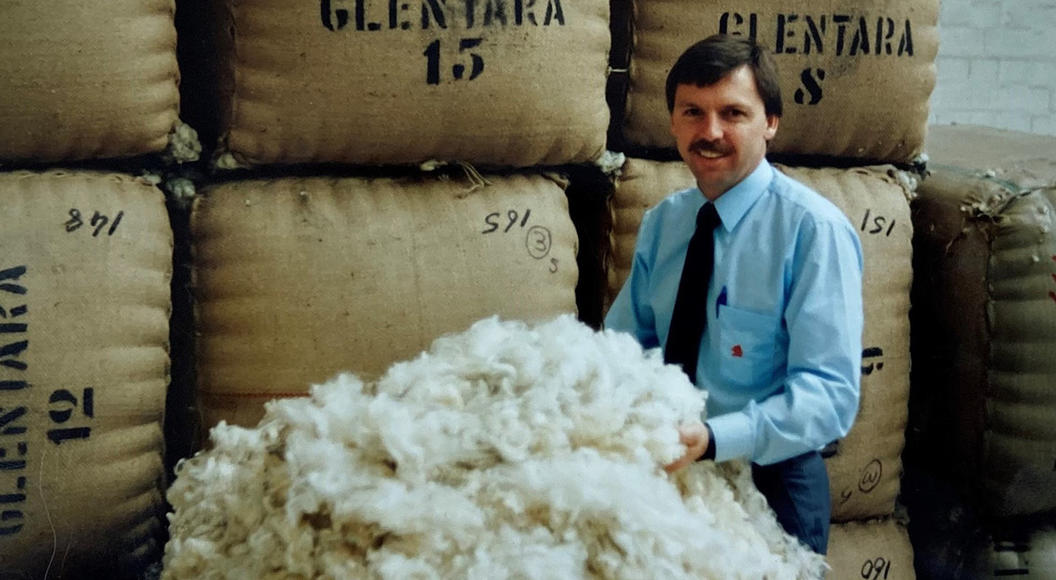
Wool Bale Contamination.
Bale contamination is an ongoing issue that can cause significant downstream processing problems. We wish to provide growers, shearing contractors, and wool handlers with a timely reminder to be vigilant in the woolshed.
The photo attached to this article has been supplied by WoolWorks New Zealand Limited and shows a range of foreign objects found in bales during sorting at the Wool Scour.
If not detected early and removed before the scouring process, press bars, bale hooks, and metal objects can put staff at risk of injury plus damage plant and machinery. Fertilizer bags and baling twine can be shredded during the opening/blending process, with synthetic fibres entangling amongst wool fibres, making detection extremely difficult and contaminating hundreds of kilograms of wool.
If foreign fibres do get past the scouring process and onto the more value-added stages of processing, including blending, intermixing, carding, dyeing, & spinning into yarn, any contamination identified at this point will have dramatically increased in volume, thus causing extreme financial loss to the manufacturer and supplier, whilst also damaging the reputation of the New Zealand Wool Industry as a quality product provider.
We insist that wool growers, shearing contractors and wool handlers be diligent with their shed preparation prior to shearing by removing all objects that could be easily swept or picked up with wool to contaminate the contents of a bale.
All wool that has been coloured by a spray marker, or chalk marker, before shearing (commonly referred to as “brands”) must be kept separate from other wool during shearing because often, the coloured marker will not wash out during scouring resulting in contamination on the same scale as foreign fibres already discussed.


